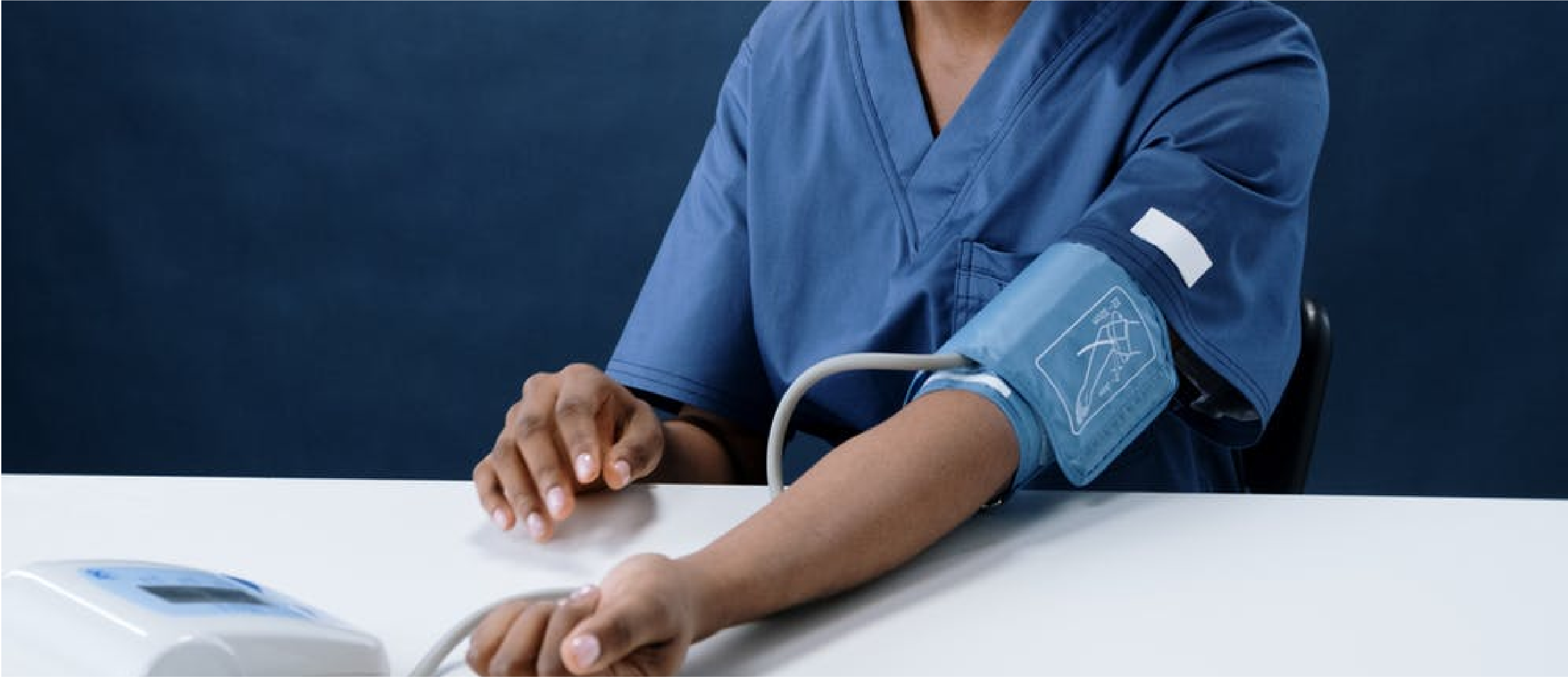In the US, almost 47 million women aged 15-49 use some form of birth control or contraception. Birth control is any method, medication, or device used to prevent pregnancy. Women have many options when considering types of birth control. Some methods work better than others at preventing pregnancy. The method that’s best for you depends on factors like your health, your desire to have children now or in the future, and your need to prevent sexually transmitted infections.
Types of Birth Control
There are many different types of birth control. In order of most to least effective, these include:
- Female or male sterilization- Also called vasectomy, tubal ligation, or tying your tubes. This form of birth control prevents pregnancy for the rest of your life through surgery or other medical procedure.
- Long-acting reversible contraceptives (LARCs)- Known as intrauterine devices (IUDs) or implants. This is birth control that your provider inserts one time. LARCs can last for 3 to 10 years depending on which option you choose.
- Short-acting hormonal methods- This includes the pill, mini-pill, patch, shot, and ring. These forms of birth control are prescribed by your provider. You must take them every day (pill, mini-pill), week (patch), or month (ring). The shot, or Depo, requires an injection every 3 months.
- Barrier methods- Condoms, diaphragms, sponges, and cervical caps are all barrier methods. These methods must be used correctly every time you have sex.
- Natural rhythm methods- These methods involve avoiding sex or using birth control on the days when you are most fertile. Tracking your cycle, monitoring your basal body temperature, and using ovulation test strips can all help you identify your most fertile days.
Condoms are the only form of birth control that also protects against STIs. While condoms are effective at preventing STIs, there are more effective options for preventing pregnancy. For the best protection, use the dual method. This means pairing condoms for STI prevention with a more effective method of birth control like a long or short-acting option.
While the most effective forms of birth control require a prescription, there are over-the-counter options available. Condoms, sponges, spermicides, and emergency contraception are all available over the counter.
Vitable is excited to offer our members prescriptions for short-acting hormonal methods. Let’s talk a little more about these methods.
Short-Acting Hormonal Contraceptives
These methods tend to be the first thing that comes to mind when we talk about birth control. There are actually a few different options with different pros and cons. Which option is best is a personal decision between you and your provider and must factor in your personal health history and goals. It’s important to note that birth control methods that contain both estrogen and progestin may raise your risk of blood clots, high blood pressure, heart attack, and stroke. Combination methods may be contraindicated in those with a history of heart disease, blood clots, hypertension, or diabetes and women who smoke or are older than 35. Progestin-only options are better for these women.
- Combination pills- This is what we traditionally think of when we talk about “the pill.” These medications must be taken daily. They consist of a combination of estrogen and progestin that stop your ovaries from releasing an egg.
- Progesterone-only pills- Also called the “mini-pill, these pills do not contain any estrogen and have a lower dose of progestin. The mini-pill works by thickening the cervical mucus and thinning the endometrial lining, preventing sperm from reaching the egg. The mini-pill must be taken at the same time daily in order to be effective. If you have trouble remembering to take your medications, this might not be the right option for you.
- Patch- The patch is a thin, beige piece of plastic that looks like a square adhesive bandage. The patch contains both estrogen and progestin and works similarly to the combination pill. The patch must be changed weekly.
- Ring- The ring is a small, flexible piece of plastic that is inserted into the vagina. Like the pill and the patch, the ring contains both progestin and estrogen. The ring needs to be inserted monthly.
- Shot- The shot, also called Depo or Depo-Provera, contains only the hormone progestin. It works the same way the mini-pill does. You receive the shot through an injection in your arm every 3 months. Your provider can administer the shot or you can learn to administer it yourself. It’s important to take the shot on time to prevent pregnancy. It can take up to 10 months to get pregnant after stopping the shot.
In addition to preventing pregnancy, hormonal birth control can have some other benefits depending on the method you choose.
- Reduced bleeding and cramping with periods, which lowers the risk of anemia
- Fewer or no periods
- Reduced fibrocystic breast changes
- May reduce acne
- May reduce ovarian cysts
- May reduce symptoms of endometriosis
The decision to use birth control and which type is right for you is a personal one. The first step is being informed about your options. In our next post, we’ll talk about what the process of prescribing birth control looks like at Vitable. If you’re interested in starting a new form of birth control or need a refill, schedule an appointment on the app or contact our concierge team today!




